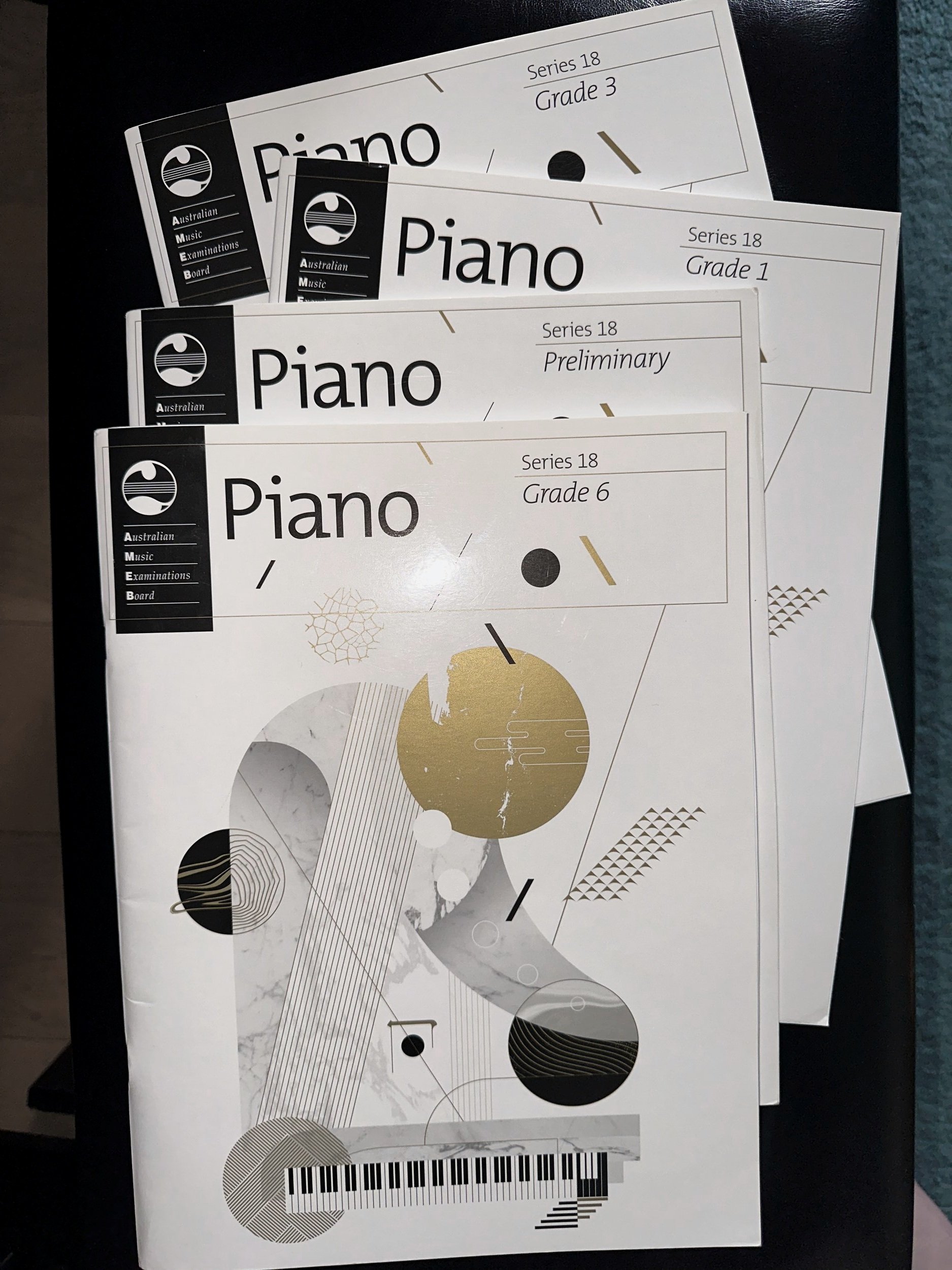BP.2/ AMEB gudeline: Exam Content 1
EXAM CONTENT
ONE OF THE KEY ASPECTS OF THE AMEB PIANO EXAMINATIONS IS THE EXAMINATION CONTENT, WHICH INCLUDES:
EXPLORE NOW
Every pianist's journey is marked by milestones and achievements, and the AMEB piano examinations are a crucial part of that musical odyssey. These assessments are the litmus test of your skills, serving as a measure of your progress and commitment to the art of piano playing.
In this section, we will delve deep into the heart of the AMEB piano examinations and explore the multifaceted components that make up the exam content. From technical proficiency to repertoire selection and aural comprehension, understanding what the examination entails is essential for success. So, let's embark on this enlightening journey to uncover the details of what you can expect when you sit down at the piano on examination day.
bp.2/
ameb exam CONTENT 1
PART 1/ TECHNICAL WORK
In the examination, candidates are required to demonstrate their technical proficiency through the following:
Playing scales from memory
Performing designated technical exercises
To prepare for the technical aspect of the exam, candidates can refer to specific resources such as:
Piano Technical Work Level One (Preliminary to Grade 4)
Piano Technical Work Level Two (Grade 5-8)
PART 2/ PIECES AND EXTRA LISTS - YOUR MUSICAL REPERTOIRE
In the world of AMEB piano examinations, the choice of pieces you perform holds a significant place. It's not just about playing any piece; it's about carefully selecting compositions that showcase your skills and musicality. Let's explore how this selection process works:
For grades Preliminary to Grade 4, the pieces are categorized into Lists A, B, and C. Meanwhile, for Grades 5 to 8, you'll encounter Lists A, B, C, and D. In the examination, you're required to choose one piece from each of these lists.
But that's not all. Depending on the grade you're aiming for, there may be additional lists to consider. Typically, candidates at Grade 2 and above need to prepare two extra pieces, which they can select from any available list. For instance, a Grade 3 examination candidate would need to choose one piece from each of Lists A, B, and C (totaling three pieces) and then add two more from the extra lists, making it a total of five pieces.
To assist you in this selection process, there are dedicated exam pieces books available for each grade, with Series 18 being the most commonly used. However, if you find that none of the pieces in the book resonate with you, there's an alternative. You can purchase the Piano Syllabus PDF from the official AMEB website. This syllabus provides an extensive list of piece options, but keep in mind that you'll need to obtain the specific sheet music for any pieces you choose from this list.
Selecting the right pieces is not just about fulfilling examination requirements; it's about expressing your musical personality and showcasing your growth as a pianist. So, take your time, explore the options, and let your musical journey shine through your chosen repertoire.


